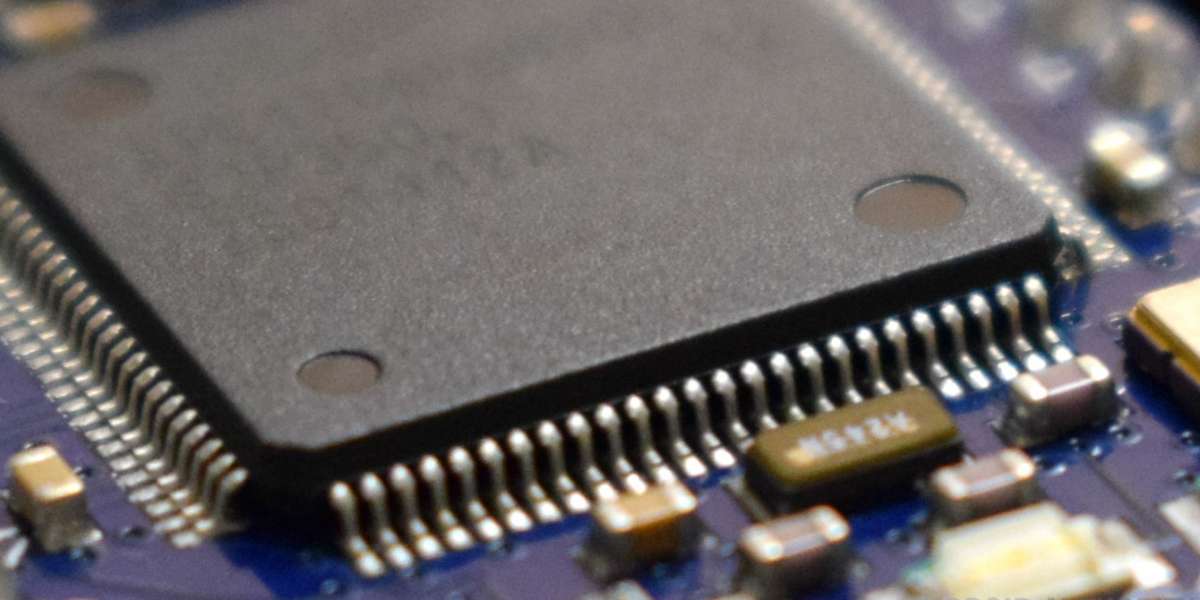Semiconductor Industry: The Future Scenario - Product Case Study
Electronic products like smartphones, computers, medical equipment and gaming hardware are empowered by semiconductors, basic materials which conduct electricity. The semiconductor industry evolved around the 1960s, this was the time when fabrication of these solids became a reality and then onwards the proliferation of this market has brought in an annual revenue from $1 billion in 1964 to $481 billion as of 2018. The industry is continuously driven by technological innovations while adhering to the famous Moore's Law. The Moore's Law states that every two years the number of transistors in an IC doubles. Likewise, growth and success in the semiconductor industry depends on minimizing the size of transistors. The emphasis of the semiconductor manufacturing companies is to make chips that are smaller & faster which also lowers the cost of production. Today, the top companies like Intel, Nvidia, Qualcomm compete by releasing patents for new products, improving the performance of their chips & fabricating chips at a new process technology node. Each one has established itself as a semiconductor giant in its own domain. Some of these industrial areas are data processing, Communications, consumer electronics, aerospace and automotive. Companies like Apple, Nvidia which make consumer electronic products such as phones, GPUs work on the design of ICs and outsource these to TSMC, one of the largest independent fabrication foundries and the first one to come up with the 5nm process technology node. For a long time, Intel has been at the forefront of manufacturing computers & printers and other data processing equipment. The company designs and fabricates chips using its own foundry and it has had some trouble keeping up with the latest process technology. In the field of communications, Samsung and Qualcomm are leading the charge towards 5G networks for smartphones. Samsung is using its 7nm technology LPP (Low Power Plus) EUV process technology to manufacture future Qualcomm Snapdragon 5G mobile chipsets. Here we have discussed some of the recent moves made by these companies.


















